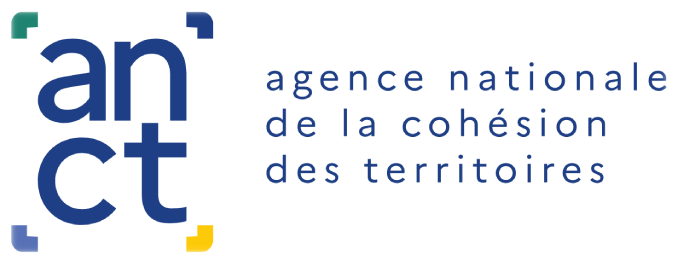Pending the results of the statistical survey on working conditions, a survey conducted in 2017 by the CEREQ among 6,741 employees made it possible to produce a typology of users of digital tools in companies.
According to this survey, in 2017, 84% of employees use at least once a month for business purposes, one or more tools connected to an internal or external network such as email, intranet, shared document management, dematerialized services, websites, social networks, instant messaging, blogs or forums.
How do employees use ICT in their work? To answer this question, Marion Lambert (Céreq) has constructed a typology based on the types of tools used and the reasons for their use as declared by the employees.
https://datawrapper.dwcdn.net/pv4AJ/1/
- Nomads" (16% of employees): they are distinguished by their extensive use of instant communication tools. In connection with their professional community, they make intensive use of social networks. For them, it is mainly a question of maintaining contact, especially when they work outside their company's premises. These nomadic technologies, combined with practices that encourage communication and sharing, contribute to the implementation of collaborative work. This environment is all the more encouraged when management practices and the company "culture" make cooperation between employees favourable. These employees are more likely to have higher education qualifications (63% have a degree beyond the baccalaureate), and consequently are more likely to hold qualified positions (58% are managers) in large companies in the business services and finance/insurance sectors. Logically, the occupations most frequently represented in this first profile are computer engineers, administrative employees and sales executives.
- Customer relations" (16% of employees):strong users of email and search engines, these are also highly connected employees. They are distinguished by their use of ICTs, which is essentially oriented towards communicating about their company and managing relations with their customers or service providers. They are more likely to be higher education graduates (59% have a degree beyond the baccalaureate) and women (46% versus 38% overall), and tend to occupy skilled positions (supervisors) in retail companies. Paramedical professions, sales representatives and secretaries are over-represented here.
- Online tasks" (25% of employees): while their use is very much oriented towards finding information, employees in this class are also distinguished by their use of tools that facilitate internal coordination. By automating a process that goes from request to decision, these tools also enable the information of the people concerned. These employees have higher education qualifications and hold supervisory or technical positions with a higher average seniority than the others (27% have been with the company for more than 20 years, compared with 19% overall). The professions of administrative, banking and insurance employees, secretaries and maintenance technicians are over-represented.
- Job seekers" (13% of employees): in the course of their work, they make little use of connected tools, and when they do use them, it is primarily for documentation or job hunting, tasks that are fairly peripheral to their work. They are very young (42% are under 35 years old), have less education than average (half of them do not have a high school diploma) and work in clerical or blue collar jobs. They work more often in very small companies (nearly half of them in companies with less than 20 employees) in the transport and hotel and catering sectors. The professions of hotel and restaurant employees, nurses and vehicle drivers are over-represented.
- The "remote" (14% of employees):their use of connected tools is very low, limited to e-mail and the intranet. Less oriented towards finding information and communication, the use of IT tools offers little opportunity for exchange and sharing. With few qualifications, these employees are more likely to be employees or skilled workers in production and operational functions. They are more often employed in the transport and industrial product manufacturing sectors, within medium-sized structures (250 to 449 employees). The occupations of maintenance workers, salespersons, drivers and skilled industrial workers are overrepresented.
16% of employees "not connected
This typology does not exhaust the population studied, which also includes 16% of "non-connected" employees who do not use any of these tools. This does not exclude the occasional use of digital equipment: 24% of them use a computer in their work, but their use does not require a connection to an internal or external network.- These employees are older than average (55% are over 45 years old), more often men, with few qualifications (1/4 have no diploma) and occupy low-skilled positions. They work in production, on the site, as security guards or cleaners, in the construction or agri-food industry sectors.
- Construction workers, process industry workers, vehicle drivers and maintenance workers are over-represented.
Référence :





